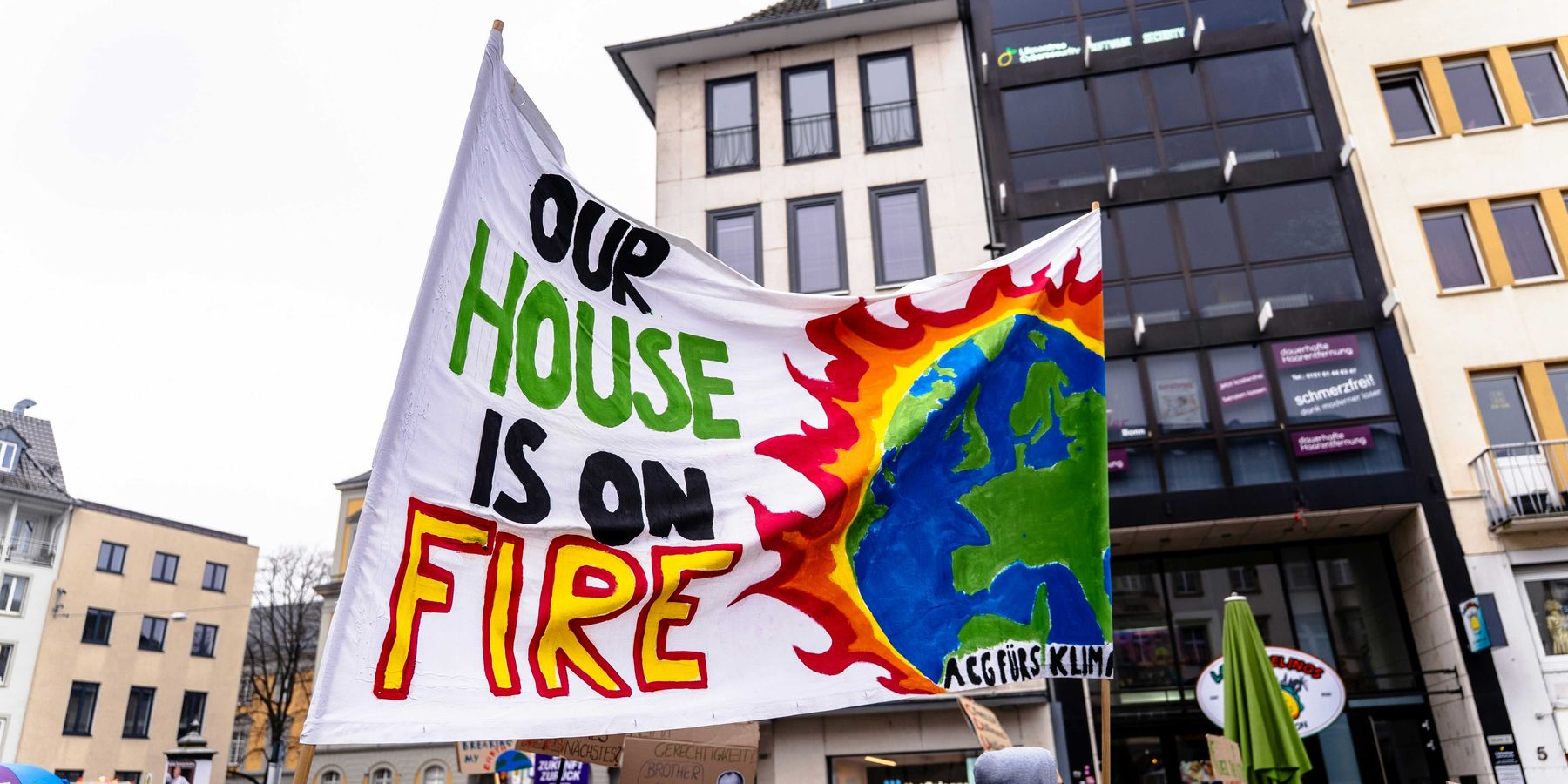25 April 2024
Climate change to boost Lyme disease cases in northeast and midwest U.S. by over 35%, study finds
A recent study published in the journal EcoHealth found that as climate change progresses, Lyme disease cases are set to increase dramatically in the northeastern and upper midwestern U.S.













